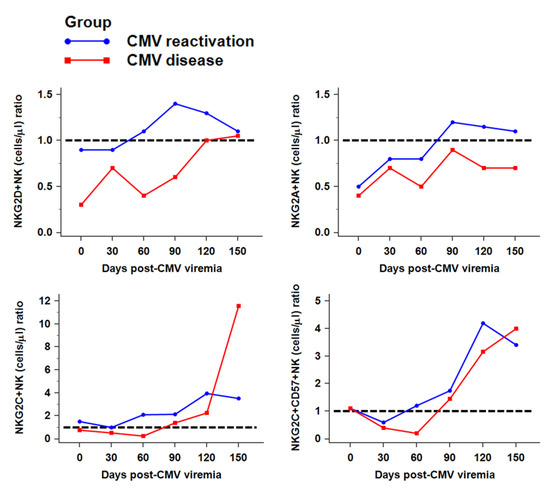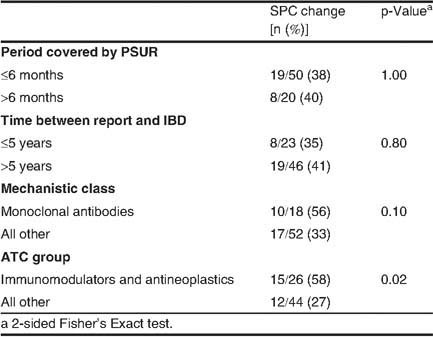


In a study of 326 consecutive Italian patients activating a donor search, only 121 patients (37 percent) underwent unrelated donor transplantation at a median of 169 days (range 68 to 772 days) after search activation.The following studies illustrate this issue: Alternative donor sources (HLA-haploidentical HCT, umbilical cord blood transplant) may be considered if there is an urgent need to proceed to transplantation or if the preliminary search indicates a low likelihood of finding an eight of eight allele-matched unrelated donor.ĭespite an ever-increasing number of volunteers in the unrelated donor registries, unrelated adult donor HCT is performed in less than half of patients for whom an unrelated donor search has been activated. HLA typing of siblings and a preliminary search for an HLA-matched unrelated donor are often conducted concurrently, in case the family typing reveals no HLA-matched sibling. When available, a matched sibling donor is preferred over other donor sources due to improved clinical outcomes following transplant (eg, less graft-versus-host disease ) and the speed and cost-effectiveness of the search. (See "Donor selection for hematopoietic cell transplantation", section on 'General approach'.) Our general approach to donor selection is described in more detail separately ( algorithm 1). Next-generation sequencing permits direct assignment of alleles to haplotypes and may reveal previously unknown relatedness between individuals in the future.Ĭhoice between alternative donor sources - The search for an appropriate stem cell source must consider the urgency of the procedure and potential risks of postponing transplant. Only a related donor can be deemed to be HLA-haploidentical to a recipient because the Sanger-based sequencing methods widely used for high resolution HLA typing cannot determine whether nucleotides at polymorphic sites are located on the same (cis-position) or on a different (trans-position) chromosome, and so alleles are assigned to haplotypes only with an assumption of relatedness.
#SCT DEVICE UPDATER V2.9.8.95 FULL#
Potential HLA-haploidentical donors include biological parents biological children full or half siblings ( figure 1) and even extended family donors such as aunts, uncles, nieces, nephews, cousins, or grandchildren. (See "Donor selection for hematopoietic cell transplantation".)ĭEFINITIONS - An HLA-haploidentical donor is one who shares, by common inheritance, exactly one HLA haplotype with the recipient and is mismatched for a variable number of HLA genes, ranging from zero to six (HLA-A, -B, -C, -DRB1, DQB1, and -DPB1), on the unshared haplotype. A general approach to donor selection for allogeneic HCT is discussed separately. This topic will discuss the advantages and disadvantages of HLA-haploidentical HCT and the selection of an HLA-haploidentical donor. Advances in graft engineering and in pharmacologic prophylaxis of GVHD have reduced the risks of graft failure and GVHD after HLA-haploidentical HCT, and have made this stem cell source a viable alternative for patients lacking an HLA-matched sibling. The major challenge of HLA-haploidentical HCT is intense bi-directional alloreactivity leading to high incidences of graft rejection and graft-versus-host disease (GVHD). The decision of which donor source to utilize depends, to a large degree, on the clinical situation and the approaches employed at the individual transplant center. Substantial improvements in haploidentical transplantations have occurred in the last decade and there is growing use of haploidentical family donors. For patients who lack an HLA-matched sibling, alternative sources of donor grafts include suitably HLA-matched or partially mismatched adult unrelated donors, umbilical cord blood stem cells, and partially HLA-mismatched, or HLA-haploidentical, related donors. Given the small family sizes in developed nations and the 25 percent likelihood that any sibling is fully HLA-matched to the patient, an HLA-matched sibling can be found for only approximately 30 percent of patients. Historically, the best results of allogeneic HCT have been obtained when the stem cell donor is a human leukocyte antigen (HLA)-matched sibling. The pluripotent hematopoietic stem cells and lymphocytes required for this procedure are usually obtained from the bone marrow or peripheral blood of a related or unrelated donor. INTRODUCTION - Allogeneic hematopoietic cell transplantation (HCT) is a potentially curative therapy for a wide variety of malignant and non-malignant hematologic disorders.


 0 kommentar(er)
0 kommentar(er)
